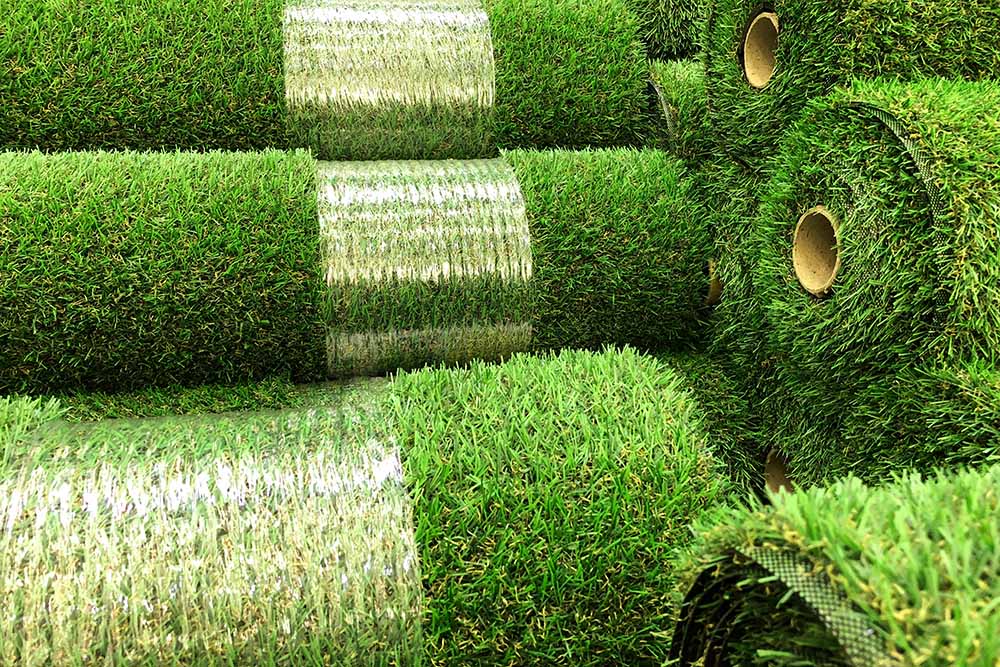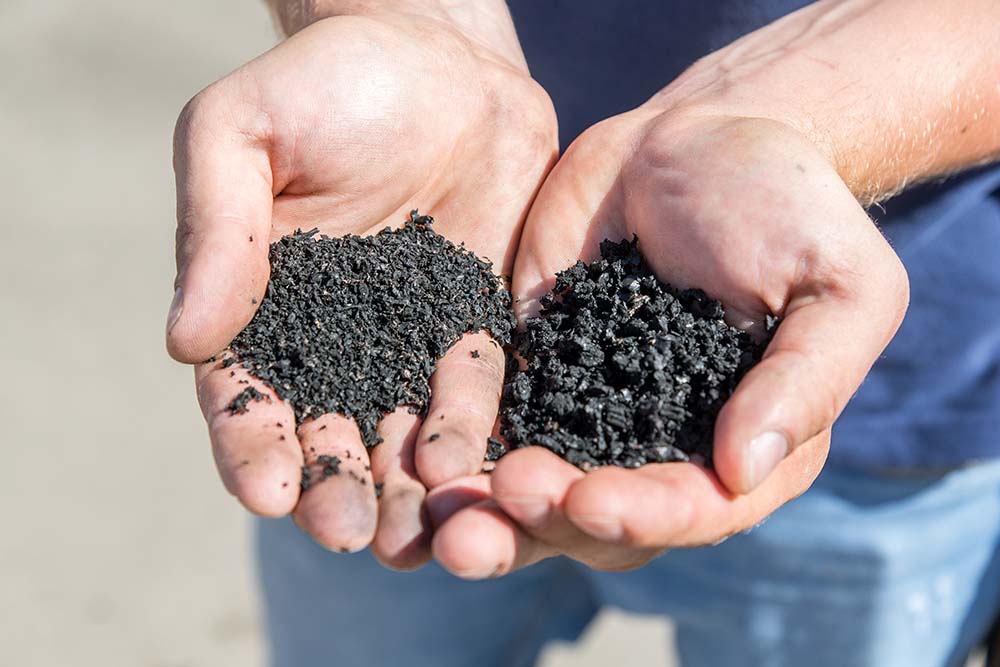
The Circumstance
Nearly three decades ago, the US along with the Canadian federal government a somber warning. North America’s scrap tires had to go somewhere without gobbling up landfill space. Billions of cast-off tires already had accumulated in ugly stockpiles, and millions more were “scattered in ravines, deserts, woods, and empty lots,” sparking toxic fires that burned for months, the Environmental Protection Agency declared.
In the ensuing years, agency officials promoted the recycling of scrap tires. Among the most popular options, grinding up the rubber and using it to make artificial turf, creating a dynamic new industry geared toward delivering perfectly green, cushiony, year-round fields for schools, parks, and sports teams.
The Usual Treatment
Fast-forward to today, when North America which has experienced a coast-to-coast explosion in the installation of thousands of synthetic-turf fields, many made with tire crumb is facing the same dilemma as three decades ago:
What to do now with old, worn-out athletic fields, many of them reaching the end of their life span? Where do the millions of square feet of synthetic turf go to die?
The answer: The same place scrap tires went before — to landfills, rural and urban stockpiles, and “ravines, deserts, woods, and empty lots,” according to a FairWarning investigation.


The Eco-Cycle Answer
It was upon researching this ever so growing dilemma that Eco-Cycle was founded to attempt to reduce the carbon footprint of synthetic turf usage. Consciousness about the environment and firm believers in creating a more sustainable world for future generations, the founders of Eco-Cycle have created one of the first companies in North America to recycle synthetic turf. We provide sports arenas, stadiums, municipal parks and others with the opportunity to dispose of worn-out synthetic turf in a safe, economical and environmentally friendly way.
As the number of synthetic turf fields is growing rapidly all over the world, the choice is yours to help the environment by reducing the greenhouse gases emitted from the incineration process and help contribute to the production of new raw materials!
